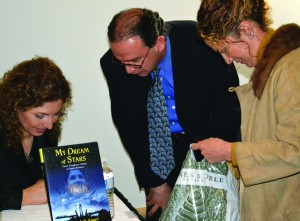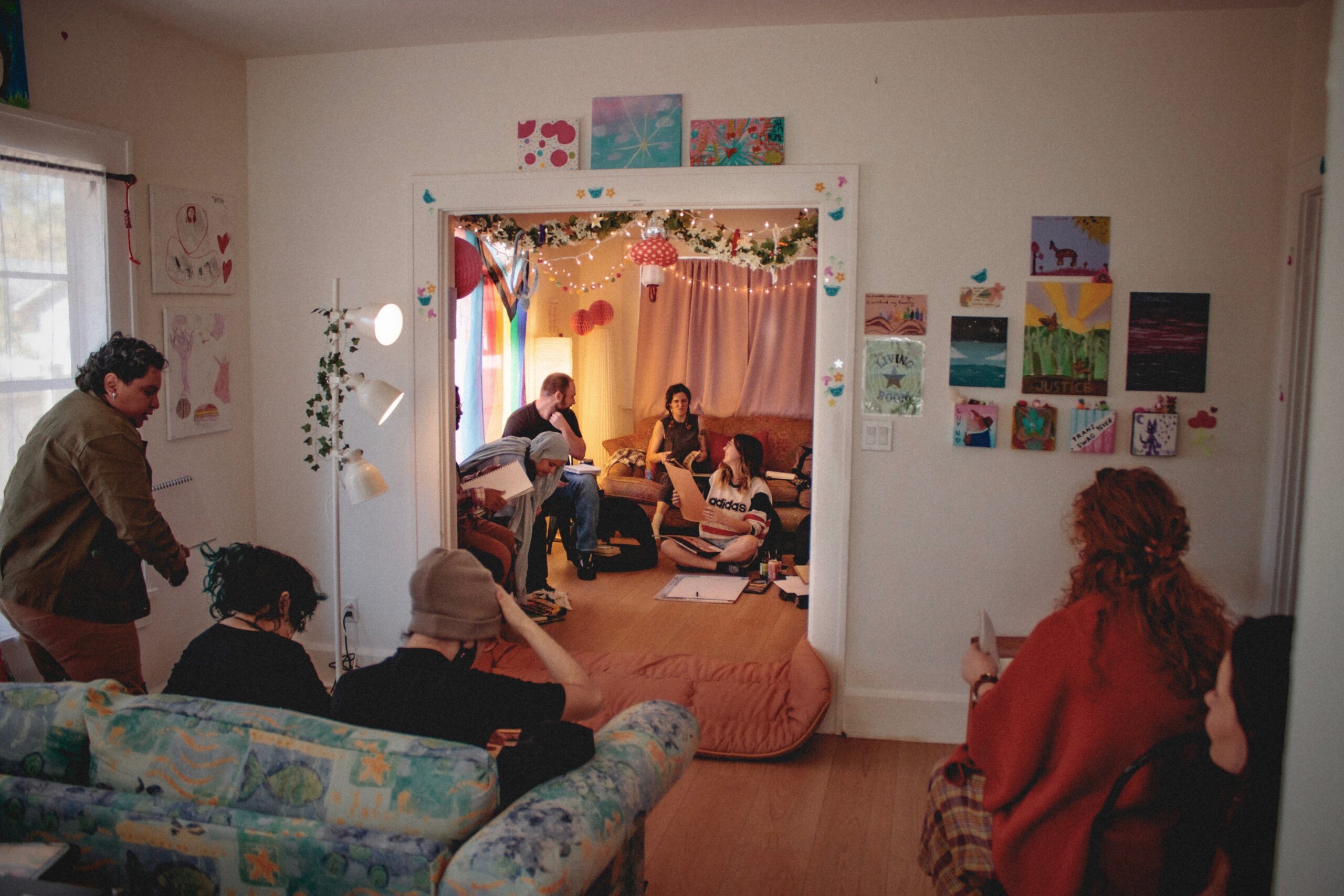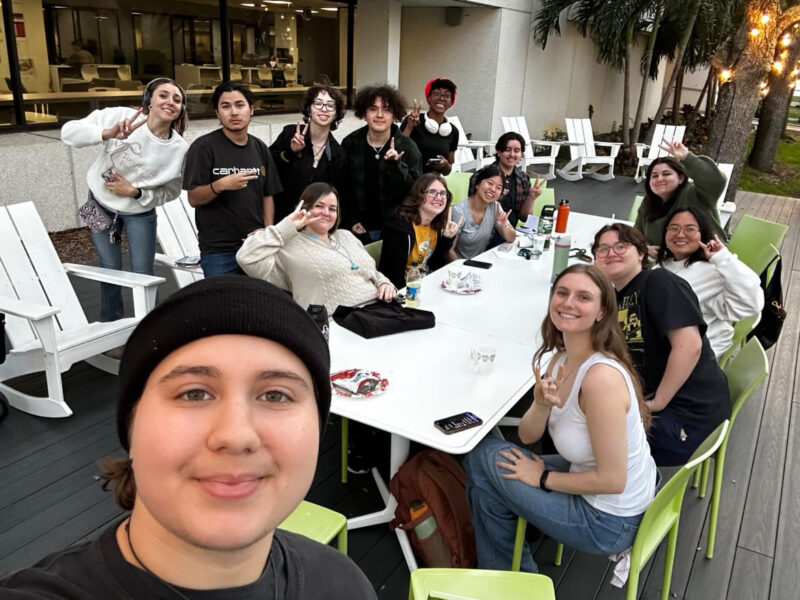When Anousheh Ansari returned from an eight-day stay aboard the International Space Station in 2006, her mother handed to her a crayon drawing depicting a rocket ship and space in the fantastically outrageous colors only a child can dream up.
Ansari sketched the drawing more than 35 years ago; it was one of the few possessions her mother brought when the Ansari family moved from Iran to the United States during the Iranian Revolution.
“When I was a kid, I didn’t know how I was going to get to space,” said the engineer and self-proclaimed “serial entrepreneur.” “I just knew somehow, someway, I will find a way to do it.”
Ansari trained for six months as an alternate alongside Russian cosmonauts in Star City, Russia, knowing the chance of an extra-atmospheric flight was slim. However, three weeks before liftoff a crewmember was diagnosed with a medical condition.
When she received the call asking if she’d like to take the vacant seat, she accepted as soon as she stopped “screaming at the top” of her lungs, Ansari said.

Ansari is credited as being the first female “private space explorer,” as well as the first person of Iranian descent to visit space.
Though she had seen thousands of photos from space, seeing Earth, for herself, was an entirely new experience. “It was very emotional,” said Ansari, who felt like there was “a warmth” coming from the planet. “If any world leader would see this image, they would never be able to do anything that would harm our planet or any living thing.”
She kept a blog documenting day-to-day life on the International Space Station, everything from how to prepare soup without gravity to how the atmosphere smells like “burnt almond cookies.”
Millions of readers responded, and Ansari said she received many positive comments from young women in Iran and across the globe. Her flight offered a “different portrayal of Muslim women,” she said, proving “there’s nothing physically or mentally stopping women” from achieving their goals.
The College of Business hosted Ansari’s talk on Monday, Feb. 13, in Harbor Hall. In addition to speaking about her time out of the atmosphere, the first female “private space explorer” discussed her philanthropic work with Ansari X Prize, which her family sponsors to “promote availability and access to space for everyday people.”
The first Ansari X Prize was awarded in 2004 to SpaceShipOne, the culmination of a fierce competition between 26 teams representing seven different countries to launch a re-usable, manned spacecraft. Virgin CEO Richard Branson agreed to commercialize the winning vehicle.
“I knew at that moment there will be a way, I will be able to fly,” Ansari said.
The X Prize uses competition to promote innovation. “If you provide an incentive, and focus attention on solving a problem … you will find a group of people who will take that challenge on,” Ansari said. “They will have radically different approaches, and amongst them, you will find a solution.”
In recent years, the Ansari X Prize has expanded, challenging entrepreneurs to find solutions for clean water, poverty and education.
During the question and answer session, audience members asked how Americans can help engage children in science and mathematics. Ansari cited the press, saying the media plays a “huge role” and has not done enough to portray women in the field.
“I’m an Iranian-American as well, and I found her really inspiring,” said Darya Sahebzamani, a freshman biology major. “It goes to show how much passion she has and it just inspires us to go after what we want in life.”
“I never had thought of myself as mathematical,” said Catherine Nelson, a freshman biology major, who added men are “stressed” to be more mathematical. “Because she is that way, it opens my mind a little bit to the field.”
Photos by Wendy Joan Biddlecombe



